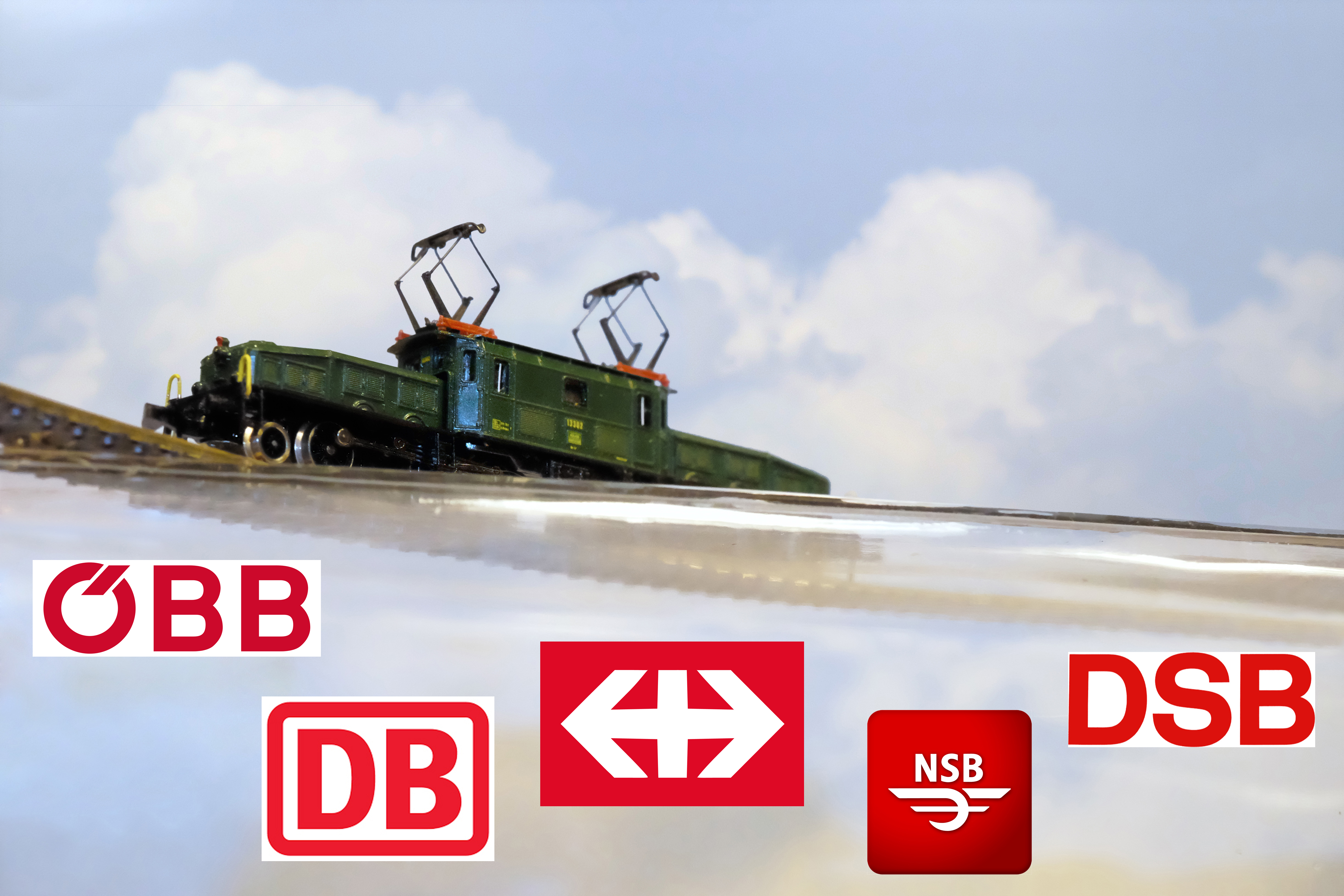After reunification in Germany the class of diesel locomotives nicknamed ‘Ludmilla’ were reclassified BR 232 by Deautsche Bahn (DB AG) with their former life as BR 132’s of the East German railway system (DR- Deutsche Reichsbahn: 1949-1993) built starting in 1968 by the firm Voroshilovgrad (Russia).
This heavy weight freight locomotive is still in widespread use within Germany and Poland with 400 operating units. It is a beautiful and particularly impressive locomotive with two cabs and a length of 68′ 3 3/4″. More than 700 locomotives were built between 1973-1982 with 3000 hp motors and operating speed 75 mph. Other class ‘Ludmillas’ were soon retired after German reunification, but the class 232’s are still in use today nearing 50 year service record.
Marklin’s recent 2018 release of 88135 is painted and lettered for DB/Railion (Era V), it is now designated as ‘sold out’ at the factory. 88135 is the latest release in the series which includes: 88131 (2009), 88132 (2014), 88133 (2013), 88134 (2016), and 88135 (2018). Plus sets: 81450 and 81451.
Note: Marklin 88131 is based on the BR 234: rebuilt 232 with bogies allowing an increase in the operating speed (87 mph)
Note: Marklin 88134 is based on the East German DR’s BR 132 with representative paint scheme from 1982
Note: Marklin set 81451 features the class 233 ‘Tiger’ (Ludmilla), this trainset is still available. A very nice and interesting H0 scale version of the Tiger (Ludmilla) includes the very latest cold steam technology and in digital operation can be controlled to simulate engine start-up idling (minimum exhaust), running operation (medium exhaust), and maximum exhaust, it is found under item #36431
A common feature shared among all models in this class are LED headlamps and trailing lights, cab interiors suggested in white relief, superb running performance even at low speeds, excellent pulling power and varying roof equipment details specific to the prototype. A truly outstanding series of Marklin Z locomotives.
Siding: ‘BR’ designation preceding locomotive classification number is an abbreviation for the German word Baureihe which means class thus BR or class refers to locomotive classification
Siding: Archistories building kit ARC-114111 “Gantry Crane” is seen depicted in the background with Marklin 88135, it is a fine detailed kit with swiveling platform. It is available from zScalemonster.com and zScalehobo.com.

























































































